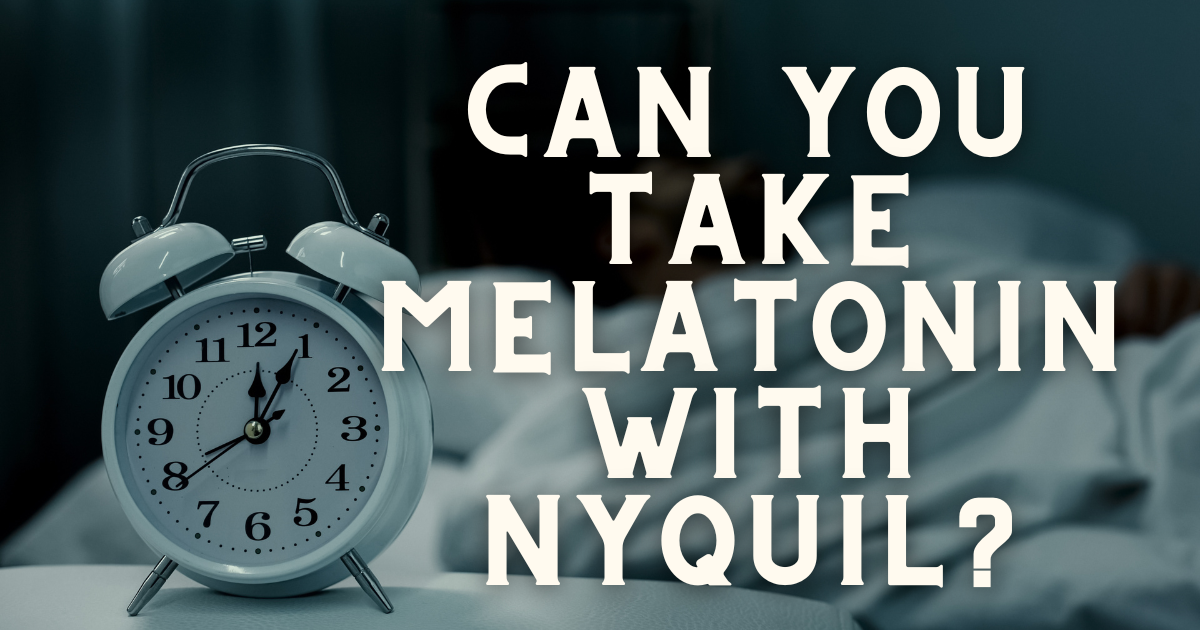Addiction is a struggle faced daily by millions. According to the US Surgeon General’s Report on Alcohol, Drugs, and Health, one out of seven Americans will struggle with addiction at some point. The same study reports that of those suffering from addictions, only 10 percent receive treatment.
Today, we’ll look at whether or not genetics has a part to play in addiction but before that, a little background.
What Is Addiction?
The American Psychiatric Association defines addiction as a complex brain disease. This disease manifests in continuous and compulsive use of alcohol or drugs.
When someone has an intense desire to use substances despite serious and negative repercussions, they can be considered addicted to that substance.
What Can People Develop an Addiction To?
Although we most readily associate addiction with alcohol or drugs, the spectrum of addiction runs wider and deeper.
Here are some of the most common forms of addiction:
- Alcohol: While many people drink alcohol in moderation with no real side effects, many others abuse it to the point where addiction sets in. The National Survey on Drug Use and Health reports that 15.1 million adults are alcohol-dependent. The same survey shows that over half a million youngsters between the ages of 12 and 17 also experience problems with alcohol abuse.
- Hallucinogens: Some hallucinogens are extracted from mushrooms and other plants while others are synthetic. When used, they give a person an intense high. The abuse of hallucinogens can cause severe psychological damage. This class of drugs can alter perception and studies have shown some hallucinogens like ketamine can can be addictive. Nearly 20% of Americans have used hallucinogens at some stage.
- Stimulants: Stimulant drugs such as cocaine can also be wildly addictive. Cocaine is heavily trafficked and highly dangerous. Cocaine increases your heart rate and can precipitate risky behaviors. Users need to continually increase the amount they are ingesting since they can quickly become numb to the effects of smaller doses as tolerance sets in. This makes the addictive properties of cocaine higher than some other drugs. Over 35 million Americans aged 12 and above have used cocaine. Methamphetamine is another remarkably addictive stimulant drug. In the United States, 1.6 million people have reported using meth and nearly a million people are addicted to the drug.
- Inhalants: There are many drugs and substances that can be abused through inhalation, but inhalants are substances that can only be used by inhalation. These include things like glue, gases, solvents, paint thinner, and aerosol sprays. When inhalants are used, they have a negative impact on the central nervous system and they can slow the activity in the brain. Effects include dizziness, slurred speech, and lack of coordination. Inhalants can also cause delusions or hallucinations. According to government statistics, up to 10 percent of people over 12 have used inhalants. While inhalants are not as addictive as other drugs, using them repeatedly can lead to addiction.
- Prescription Drugs: Most people only use prescription medication as it’s intended to be used. However, nearly 20 million people in the United States admit to misusing prescription medication within the last 12 months. There are several different types of prescription medications frequently abused, principally those intended as pain killers, sedatives, and stimulants. Pain killers are the most commonly abused prescription medication and overuse results in over 50,000 deaths each year. Sedatives are prescription medications designed to help combat sleep disorders but people addicted will seek out the high they can induce. Almost 2 million people over 12 abuse sedatives, and at least 1,000 people die from them every year. Prescription stimulants are intended to treat the symptoms of attention deficit hyperactivity disorder (ADHD) and narcolepsy. When used as intended, these medications help to increase energy and alertness. Over 5 million adults misuse prescription stimulants, though.
- Gambling, pornography and sex are also addictive.
The drug of choice might vary but how about the causes of addiction?
Where does addiction spring from and why do some people seem more prone to becoming addicted to substances than others?
What Causes Addiction?
Addiction over the years had been equated with a lack of morals and self-control.
Fortunately, public opinion has shifted over time thanks to an abundance of research showing that addiction is very much a disease, just as much a disease as diabetes or heart disease.
There are many contributory factors to addiction, factors beyond the reasonable control of the person using drinks or drugs to excess and so a more generous attitude is prevailing toward those with an addiction.
There are also many psychological, social and cultural aspects that predispose a person to addiction.
We’ll explore some of these factors now so we can better understand the disease and its origins.
Social and Cultural Contributors To Addiction
A person’s social positioning is a strong contributing factor when it comes to addiction.
Social categories that influence addiction include:
- Gender
- Race
- Social Class
Social categories have a profound influence on health and well-being as well as tendency to drug use and subsequent addiction.
We’ll look at how these socioeconomic factors can predispose certain individuals to addiction.
Gender
Until the 1980’s, researchers never even looked at how addiction affected women. Since then, much research has been performed and the results have been eye-opening.
When it comes to age of first use, men tend to start using drugs much earlier than women. Men also use far more drugs than women, both in types of drugs used and in the amount of the drug used. They use drugs more frequently, as well. Simply put, drug use and alcohol abuse are far more prevalent among men than in women.
Women tend to begin using drugs when in a relationship with a man that uses them, and they tend to have an easier time quitting drugs, especially if there are children involved.
RACE
Race is another social factor that plays heavily into addiction. While this disease can affect anyone, it does have a higher rate of occurrence among certain demographics.
The annual National Survey on Drug Use and Health (NSDUH) reports key data about substance abuse in the United States.
When it comes to prescription medications, especially opioids, white people are far more likely to develop an addiction. This might be due to the fact that many Caucasians have better access to health care than other groups, but the precise reason is unclear. White people are also more likely than those from other races to use heroin. Consequently, white people are more likely to die from a heroin overdose than any other demographic.
African Americans statistically have the highest rate of overall illicit drug use. Much of this stems from the socioeconomic conditions of this demographic. Negative health outcomes associated with illegal drug use are also more prevalent within this community. Researchers express concern that data regarding drug use in the African American population might be skewed due to bias and profiling. As with all statistics, though, they provide a valuable insight and overview.
The Latinx community uses illegal drugs at a much lower rate than other races categorized but they rank much higher when it comes to alcohol addiction. Also, people of Mexican and Puerto Rican heritage have much higher rates of drug use than those from Cuban background, especially when they live in female-led households.
Social and Economic Standing
As a general benchmark, people with little money or social pull are more likely to be in bad physical shape. These same people are more liable to drink alcohol to excess, to use tobacco, and to use illicit substances.
People dependent on drugs are more likely to be out of work and marginalized by society which exacerbates the problems they face. In turn, this can make seeking treatment problematic.
The abuse of prescription medications, especially opioids, is highest among poor people. People living below the poverty level are twice as likely to have an opioid addiction as those with more means. The CDC reported that one of the highest risk populations for opioid overdose are people using Medicaid, government health insurance for those in dire economic need.
Nearly 40% of people struggling with addiction reported that they didn’t seek treatment for the issue because they didn’t have health insurance in place and couldn’t afford a rehab program.
Socioeconomic status, then, is one of the most common barriers to addiction treatment.
Mental Illnesses and Addiction
Addiction and mental health problems often go hand-in-hand and are known as co-occurring disorder or dual diagnosis.
The Journal of the American Medical Association has reported that the co-morbidities of mental health issues and substance abuse are far more common than most people realize.
JAMA reasons that around 50% of people with mental disorders also have substance abuse disorders. Also, over 50% of drug abusers and nearly 40% of alcoholics have been diagnosed with at least one mental illness. When considering all those with mental health issues, fully 30% struggle with substance abuse.
It’s tough to establish whether mental illness or substance abuse comes first. Often, people with mental illnesses use drugs and alcohol to self-medicate issues derived from that condition. Since these substances can alter the mind or enhance the mood, albeit temporarily, they can give some short-term soothing effects.
Unfortunately, drugs and alcohol can make symptoms of mental illness even worse. Certain drugs, like marijuana have been linked to an increased risk of psychosis while opioids have been linked to increased risk of depression.
Genetics and Addiction
Having examined the principal external factors that contribute to addiction manifesting, we now need to consider internal factors.
Why is it that some people just seem predisposed to abuse drugs and alcohol until the point of addiction while others drink or use drugs casually with no adverse effects.
Can addiction really be part of your genetic makeup?
The answer might surprise you.
Genes Can Have an Effect On Addiction
Though this is a hotly debated topic, the answer is yes, genes can indeed play a role in addiction.
When something is genetic, it means it’s passed down from parent to child encoded in the DNA. For example, if we look at a family full of redheaded people and see that the children, parents, and grandparents all have red hair, we can reason that the gene that creates red hair is dominant.
When we look at a family and see that 3 or 4 generations have battled addiction, it’s only natural to assume there is something going on there genetically.
The American Psychological Association outlined research indicating a genetic basis for addiction. As much as 60% of a person’s predisposition to addiction stems from their genetic makeup, in fact.
Children of addicts are 25% more likely to become addicts themselves. This is especially problematic because 1 in 5 children are being raised in homes where substance abuse is a cause for concern.
Addiction Genes
We can reason that if there is a genetic predisposition to addiction, there must be a specific genetic cause.
Researchers have been trying to find genes that connect the dots to addiction with some degree of success. Some of these genes enhance the pleasurable effects felt from drugs and alcohol. This lights up the reward centers in the brain convincing you that continuing to use the substance in question is a smart move. As with so many elements of addiction, it’s a vicious circle.
We already know that drug and alcohol use alter the brain and that over time these alterations become permanent. This can cause a person’s genes to express themselves in ways they didn’t originally, and these molecular changes can be passed down to the next generation genetically.
When genetic expression has been altered, it can change the way your brain and body respond to stimuli. When considering alcoholism, this can be seen in a few ways:
- Stop sign: When people are drinking alcohol, their brains give off warning signs when it’s time to stop. For people with genes altered by addiction, these stop signs don’t pop up and they continue to drink regardless of the consequences.
- Emotions: Cravings are tied to emotions and the part of the brain that controls this is the amygdala. Researchers have found in families where addictions to alcohol are prevalent, family members tend to have a smaller amygdala.
- Serotonin: This is a neurotransmitter chemical in the brain that’s been linked closely to depression. When serotonin levels are not within normal parameters, alcoholism is often prevalent.
Next Steps
There are a huge number of variables that contribute to the disease of addiction in America. Social class, race, economic standing, gender and even your genetic makeup can all have an impact on whether or not you will become addicted to certain things throughout your life.
Ultimately, the reasons behind addiction pale into insignificance when set against the road to recovery. Rather than becoming too fixated on why you’re addicted to drink or drugs, harnessing that energy directing it toward sustained recovery is much more fruitful. Ultimately, whether or not you’re addicted to a substance through genetics or for a combination of other reasons, what counts is how you deal with the problem.
If you’re in any way concerned about alcoholism or substance abuse, get in touch with alcohol rehab in Carmel. Addiction touches so many that it’s worth remaining aware of the risks associated with substance abuse and to look out for warning signs. If you or a loved one are exhibiting signs of addiction, please don’t hesitate to get in touch.

Choose Recovery Over Addiction
We're here 24/7 to help you get the care you need to live life on your terms, without drugs or alcohol. Talk to our recovery specialists today and learn about our integrated treatment programs.




